Exploring the Origins and Influences of Rap and Drill Music

Rap music has become one of the most popular and influential genres in the world today. With its origins rooted in African American communities in the 1970s, rap has evolved into a global phenomenon that has had a profound impact on popular culture and music as a whole.
One of the key aspects of rap music is its focus on lyricism and storytelling. Rappers use their words to express their experiences, thoughts, and emotions, often tackling social and political issues. This emphasis on lyrics sets rap apart from other genres and has helped it gain a reputation as a powerful form of artistic expression.
Another important aspect of rap music is its unique sound. Rap is characterized by its use of rhyming and rhythmic patterns, often accompanied by beats and samples. These elements create a distinct sound that is instantly recognizable.
One genre that has been heavily influenced by rap music is drill music. Emerging from the streets of Chicago in the early 2010s, drill music is known for its dark and aggressive sound. It often features violent and gritty lyrics that reflect the harsh realities of life in inner-city neighborhoods. Drill music has gained popularity for its raw and unfiltered portrayal of life on the streets.
Overall, rap and drill music have had a significant impact on the music industry and popular culture. Through their unique sounds and powerful lyrics, these genres have provided a platform for artists to express themselves and connect with audiences on a deeper level. They continue to evolve and shape the music landscape, pushing boundaries and influencing new generations of musicians.
The Birth of Rap Music
Introduction
Rap music, a genre characterized by rhythmic and poetic vocal delivery, was born in the 1970s in the South Bronx, New York City. Emerging from the hip hop culture, rap music has since become a powerful means of expression, storytelling, and social commentary for African American communities and beyond. This article will explore the origins and early influences of rap music, shedding light on its evolution and impact on popular culture.
Origins in African and Caribbean Oral Traditions
The roots of rap music can be traced back to the oral traditions of West African griots and the “toasting” style of Jamaican dancehall music. Griots, the traditional African storytellers and musicians, used rhythmic speech and poetry to transmit cultural history and values. Similarly, Jamaican dancehall artists engaged in “toasting,” a technique where they spoke rhythmically over instrumental tracks. These influences laid the foundation for the rhythmic and lyrical nature of rap music.
The Birth of DJing and MCing
In the 1970s, disc jockeys (DJs) in New York City began experimenting with extending instrumental sections of songs to create longer dance breaks. This technique, known as “sampling,” allowed DJs to create continuous beats for dancers at parties. DJs would manipulate vinyl records, transitioning between songs and creating new rhythms. While DJs focused on the beats, MCs (masters of ceremony) began to emerge as the vocalists who would hype up the crowd, introducing DJs and engaging in call-and-response with the audience.
The Pioneers of Rap
During this time, iconic rap groups and artists like Grandmaster Flash and the Furious Five, The Sugarhill Gang, and Kurtis Blow emerged as pioneers of rap music. These artists incorporated elements of funk, disco, and soul into their music, creating the foundations for rap’s distinct sound. Grandmaster Flash’s use of scratching and mixing techniques, in particular, revolutionized DJing and became a hallmark of rap music.
Social Commentary and Cultural Expression
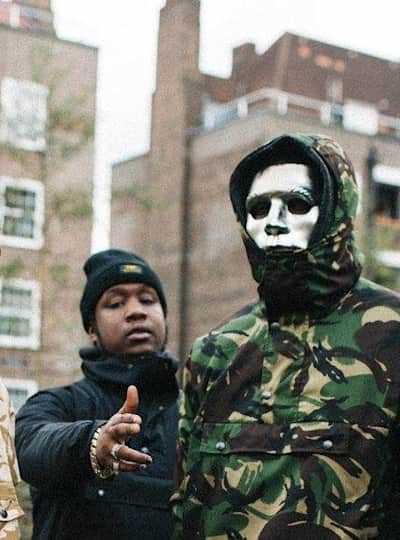
As rap music continued to evolve, artists began using the genre as a platform for social commentary and cultural expression. Lyrics addressed issues such as poverty, police brutality, racism, and the challenges faced by marginalized communities. Rap music provided a voice for those who were often ignored by mainstream society, allowing them to share their stories and perspectives with the world.
Conclusion
The birth of rap music in the South Bronx during the 1970s marked the beginning of a cultural movement that would profoundly influence popular music and culture. Drawing from African and Caribbean oral traditions and innovation in DJing and MCing, rap music emerged as a powerful means of expression and storytelling. It has since grown into a global phenomenon, shaping the landscape of music, fashion, and social movements.
The Evolution of Rap Music
Rap music has a rich history that dates back several decades. It has evolved and changed over time, taking on various styles and influences. Here are some key points in the evolution of this genre:
1. Origins in African and African-American Music
Rap music has its roots in African and African-American musical traditions, such as African griots and the African oral tradition of storytelling through rhythm and rhyme. These traditions provided the foundation for the rhythmic and spoken word-based style of rap.
2. The Birth of Hip Hop
Rap music became widely popularized in the 1970s with the emergence of hip hop culture in New York City. Artists such as DJ Kool Herc, Grandmaster Flash, and The Sugarhill Gang played a significant role in popularizing rap music and making it more mainstream.
3. Golden Age of Rap
In the 1980s and 1990s, rap music experienced its golden age. This era saw the rise of influential artists such as Run-D.M.C, Public Enemy, N.W.A, and Tupac Shakur. It was characterized by socially and politically conscious lyrics, storytelling, and intricate rhyme schemes.
4. Mainstream Success and Commercialization
In the late 1990s and early 2000s, rap music gained widespread mainstream success and entered the realm of pop culture. Artists like Jay-Z, Eminem, and Kanye West became household names, and rap music started to embrace more commercial elements.
5. Subgenres and Diverse Styles
Rap music has continued to evolve and branch out into various subgenres and styles. These include gangsta rap, conscious rap, trap music, drill music, and more. Each subgenre has its own unique characteristics and lyrical themes, contributing to the diverse landscape of rap music today.
6. Global Influence
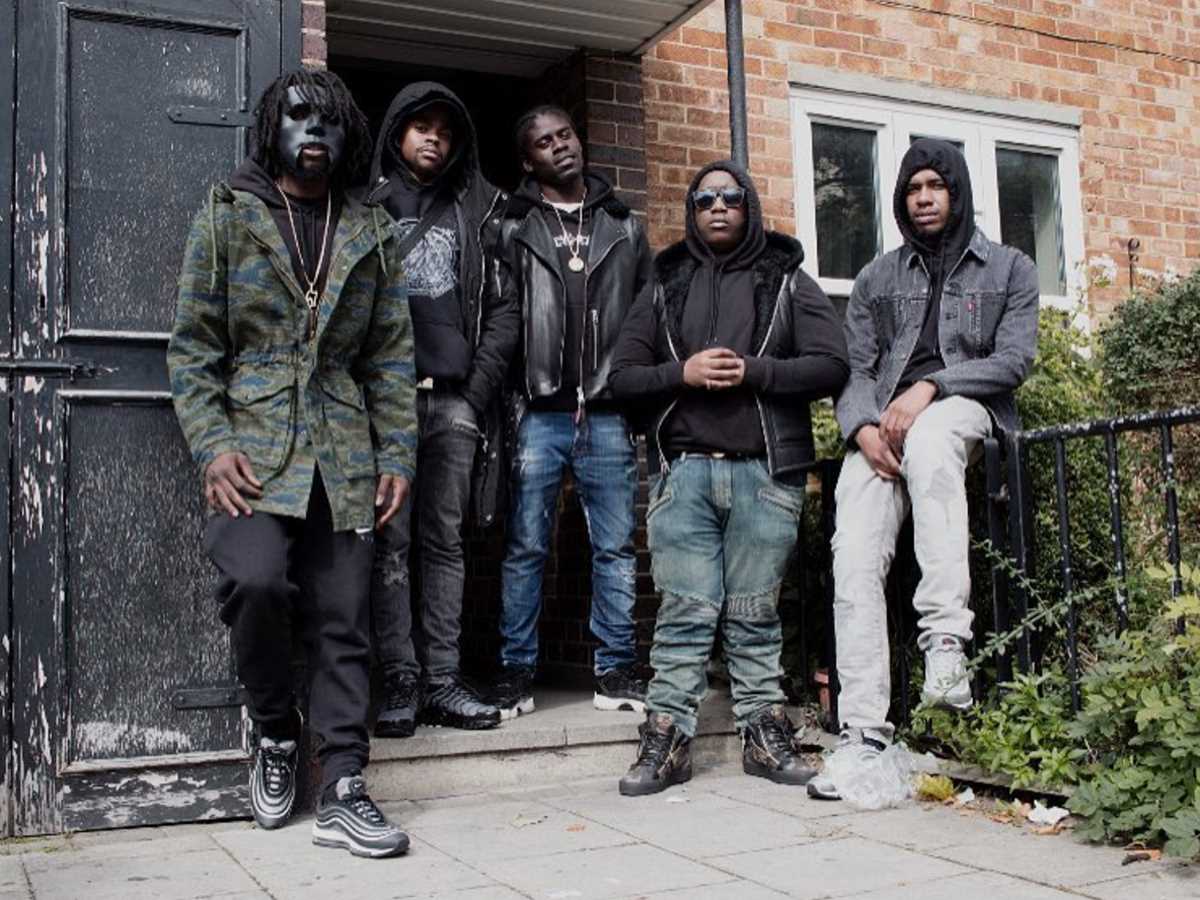
Rap music has become a global phenomenon, with artists and fans from all over the world contributing to its growth and evolution. It has transcended boundaries of language and culture, inspiring artists in different countries to create their own unique styles of rap music.
7. Impact on Popular Culture
Rap music has had a significant impact on popular culture, influencing fashion, language, and societal norms. It has provided a platform for marginalized communities to express themselves and share their experiences, giving a voice to those who have been historically silenced.
8. Ongoing Evolution
The evolution of rap music is ongoing, with new artists and subgenres constantly emerging. Its ability to adapt to changing times and embrace new influences is what keeps it relevant and exciting. The future of rap music holds endless possibilities and opportunities for innovation.
The Influence of Jazz and Blues
Jazz and blues have had a significant influence on the development of rap and drill music. These genres, which originated in African American communities in the early 20th century, laid the foundation for many of the musical elements and themes found in rap and drill.
Musical Elements
- Rhythm: Both jazz and blues are characterized by complex rhythms and syncopation. This rhythmic complexity can be heard in the beats and flows of rap and drill music, which often feature intricate patterns and offbeat accents.
- Improvisation: Jazz and blues musicians are known for their improvisational skills, creating melodies and solos on the spot. Similarly, rap and drill artists often freestyle or come up with lyrics spontaneously, showcasing their creativity and lyrical prowess.
- Sampling: Jazz and blues records have been heavily sampled in rap and drill music, with artists borrowing melodies, rhythms, and even entire sections of songs. This sampling has allowed for the creation of new compositions while paying homage to the original recordings.
Themes and Lyrics
The themes and lyrics in jazz and blues music have also had a profound impact on rap and drill. Both genres often address social and political issues, as well as personal struggles and experiences. The raw and honest storytelling in jazz and blues has inspired rap and drill artists to discuss similar topics, sharing their own narratives and shedding light on the realities of their communities.
Cultural and Social Significance
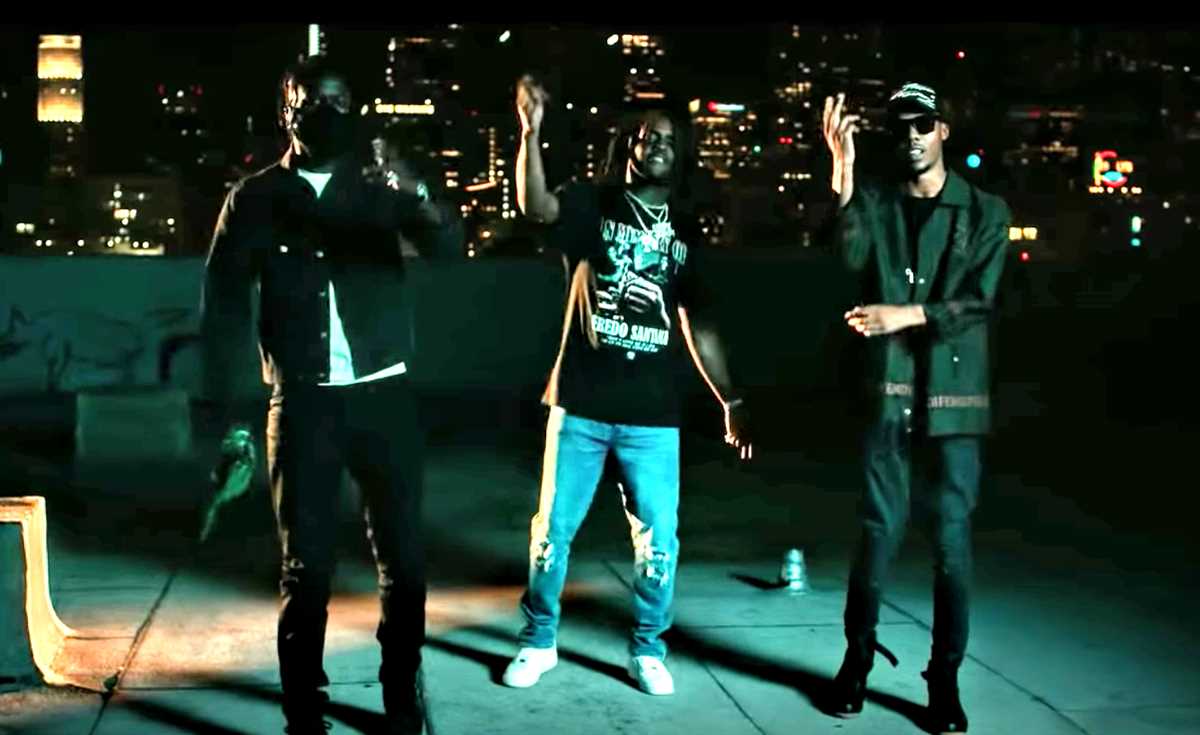
Jazz and blues emerged during a time of racial segregation and systemic oppression in the United States. These genres provided a means of expression and empowerment for African Americans, allowing them to voice their experiences and emotions. Similarly, rap and drill have become platforms for marginalized communities to speak out against injustice and advocate for change.
Conclusion
The influence of jazz and blues on rap and drill music cannot be overstated. From the rhythmic complexities to the thematic content, these genres have provided a rich musical and cultural heritage that continues to shape and inspire contemporary artists in the world of rap and drill.
Hip Hop’s Impact on Rap Music
Hip hop, a cultural movement that emerged in the 1970s in the Bronx, New York City, has had a profound impact on the development and evolution of rap music. With its origins in African American and Latinx communities, hip hop provided a platform for marginalized voices to express their experiences, frustrations, and aspirations.
Influences on Lyrics and Rhyming Styles
One of the most significant impacts of hip hop on rap music is its influence on lyrics and rhyming styles. Hip hop artists introduced storytelling, social commentary, and personal narratives into their lyrics, which heavily influenced rap artists. Additionally, the use of intricate rhyme schemes, wordplay, and metaphors became more prevalent in rap music as a result of hip hop’s influence.
Breaking Down Musical Barriers
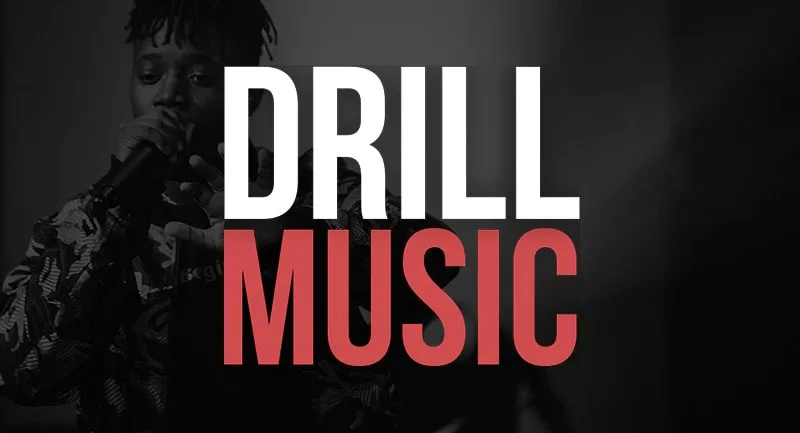
Hip hop played a crucial role in breaking down musical barriers and expanding the possibilities of rap music. The use of samples from various genres, such as funk, soul, jazz, and R&B, became a trademark of hip hop production. These samples provided rap artists with a diverse and rich musical backdrop, allowing them to experiment with different sounds and create unique sonic landscapes.
Embracing Cultural and Social Movements
Hip hop has always been associated with cultural and social movements. From its early days, hip hop artists used their platform to shed light on social and political issues affecting their communities. This activism and social consciousness greatly influenced rap music, with artists incorporating messages of empowerment, protest, and social justice into their lyrics.
Pushing Boundaries of Self-Expression
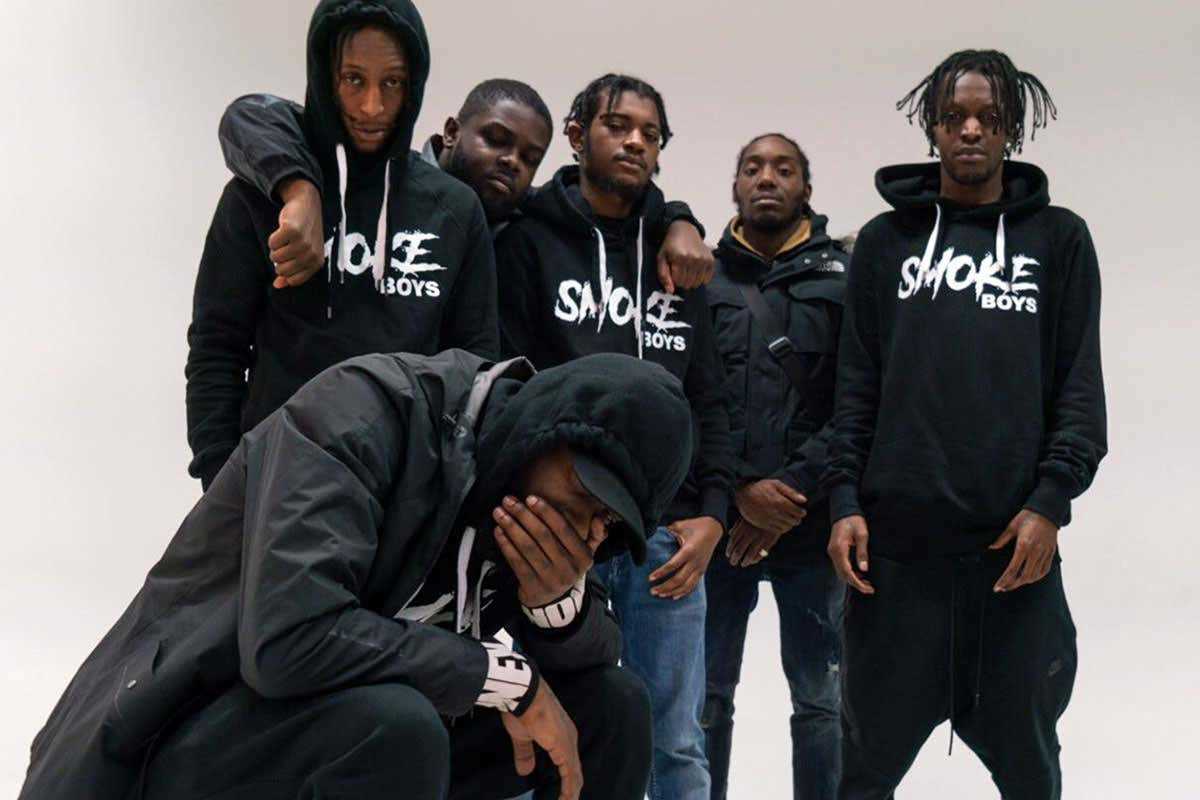
Rap music, influenced by hip hop, became a medium for self-expression and challenging societal norms. The raw and unfiltered nature of hip hop’s lyrical content gave rap artists the freedom to express their thoughts, emotions, and experiences in an authentic and honest way. This approach to self-expression continues to shape rap music and contribute to its ongoing evolution.
Conclusion
The impact of hip hop on rap music cannot be overstated. Hip hop provided the foundations for rap music to develop and flourish as a powerful and influential genre. From innovative lyricism and musical experimentation to social activism and self-expression, hip hop has left an indelible mark on rap music, shaping its artistic direction and giving voice to communities that have historically been marginalized.
The Emergence of Drill Music
Drill music is a subgenre of rap music that emerged in the early 2010s, mainly in the city of Chicago. It is characterized by its dark and aggressive sound, violent lyrics, and often includes references to street life and gang culture.
Origin
- Drill music originated in the South Side of Chicago, where gangs were prevalent and violence was rampant. It was a way for young artists to express their experiences and tell the stories of their communities.
- The term “drill” itself is a slang term used in Chicago, meaning to fight or shoot someone. This term became closely associated with the music genre as it often portrays the struggles and dangers of living in violent neighborhoods.
Influences
- The rise of drill music was heavily influenced by gangsta rap and trap music, both of which had a significant impact on the Chicago rap scene. Artists like Chief Keef, who emerged as one of the pioneers of drill music, drew inspiration from these genres and incorporated their elements into their music.
- Another influential factor was the use of social media platforms, specifically YouTube, which allowed drill artists to gain exposure and build a dedicated following. The raw and unfiltered nature of their music, combined with visually striking music videos, quickly garnered attention and helped popularize the genre.
Characteristics
- Drill music is known for its minimalistic and hard-hitting beats, usually featuring aggressive 808 basslines and snappy hi-hats. These instrumentals create a dark and menacing atmosphere that complements the intense lyrical content.
- The lyrics of drill music often depict the harsh realities of street life, including gun violence, drug dealing, and gang activities. They provide a raw and unfiltered perspective on the struggles and dangers faced by individuals growing up in impoverished neighborhoods.
Impact and Controversies
- Drill music has had a significant impact on the rap scene, not just in Chicago but globally as well. It has influenced artists in other cities and countries, leading to the emergence of drill scenes in places like the UK and New York.
- However, the genre has also faced criticism for promoting violence and perpetuating negative stereotypes. Some argue that drill music glorifies criminal activities and contributes to the perpetuation of gang culture.
In conclusion, drill music emerged from the streets of Chicago, influenced by gangsta rap and trap music. Its dark and aggressive sound, along with violent lyrics, has made a significant impact on the rap scene globally. While the genre has faced controversy, it has also provided a platform for young artists to express their experiences and shed light on the harsh realities of life in violent neighborhoods.
The Urban Influence on Drill Music
Drill music is a subgenre of rap music that originated in Chicago in the early 2010s. It is characterized by its aggressive lyrics, trap-influenced beats, and dark and gritty aesthetic. One of the key influences on drill music is the urban environment in which it emerged.
Gang Culture
One of the main elements that shaped the development of drill music is the pervasive gang culture in inner-city neighborhoods. Many drill artists come from these neighborhoods and reflect the realities of growing up in an environment plagued by violence and crime. Gang rivalries and street violence are often portrayed in their lyrics, giving drill music its intense and confrontational tone.
Survival and Poverty
Another influence on drill music is the experience of poverty and the struggle for survival in urban areas. The lyrics often touch on the daily challenges of life in these communities, such as poverty, drug dealing, and hustling. Drill music serves as a form of expression and a way for artists to address the hardships they face, offering a glimpse into the reality of urban life.
Authenticity and Street Credibility
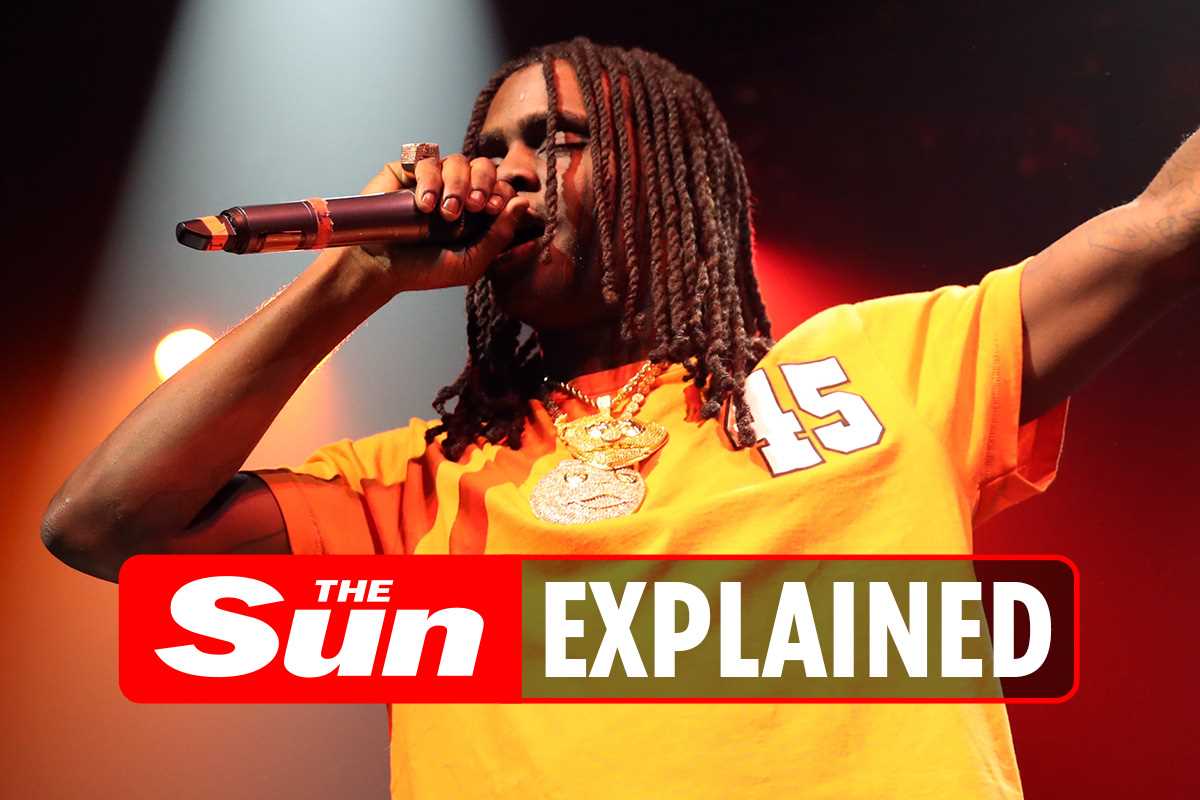
Drill music places a strong emphasis on authenticity and street credibility. The artists aim to portray themselves as genuine and true to their experiences, often rapping about real-life events and personal struggles. This authentic representation of urban life resonates with listeners who can relate to the struggles depicted in the music, and it has contributed to the genre’s popularity.
Impacts on Global Drill Music
The influence of the urban environment on drill music extends beyond its birthplace in Chicago. Drill music has spread to other cities around the world, including London, New York, and Los Angeles, with each region adding its own unique flavor and cultural touch. While the specific urban environments may differ, the core themes of poverty, violence, and survival remain central to the genre’s evolution.
Conclusion
The urban influence on drill music is undeniable. The genre’s lyrics, beats, and aesthetic are all deeply rooted in the experiences and realities of urban life. Drill music serves as a platform for artists to express the challenges they face in these environments, and it resonates with listeners who can relate to the struggles and experiences depicted in the music. As drill music continues to evolve and spread, its origins in the urban environment will continue to shape its sound and message.
Drill Music’s Connection to Gang Culture
Drill music, a subgenre of rap music that emerged in the early 2010s, is known for its raw and gritty lyrics that often depict violence, crime, and the street life. One of the key elements that distinguishes drill music from other rap genres is its connection to gang culture.
Gang Influence
Gang culture plays a significant role in the development and popularity of drill music. Many drill artists come from neighborhoods plagued by gang violence and have direct ties to local gangs. The lyrics in drill music often reflect the harsh realities of street life and the struggles faced by those involved in gang activity.
Drill music serves as an outlet for artists to express their experiences and provide an authentic representation of their communities. By rapping about their involvement in gangs, the artists not only gain street credibility but also shed light on the challenges faced by marginalized communities.
Violent Lyrics
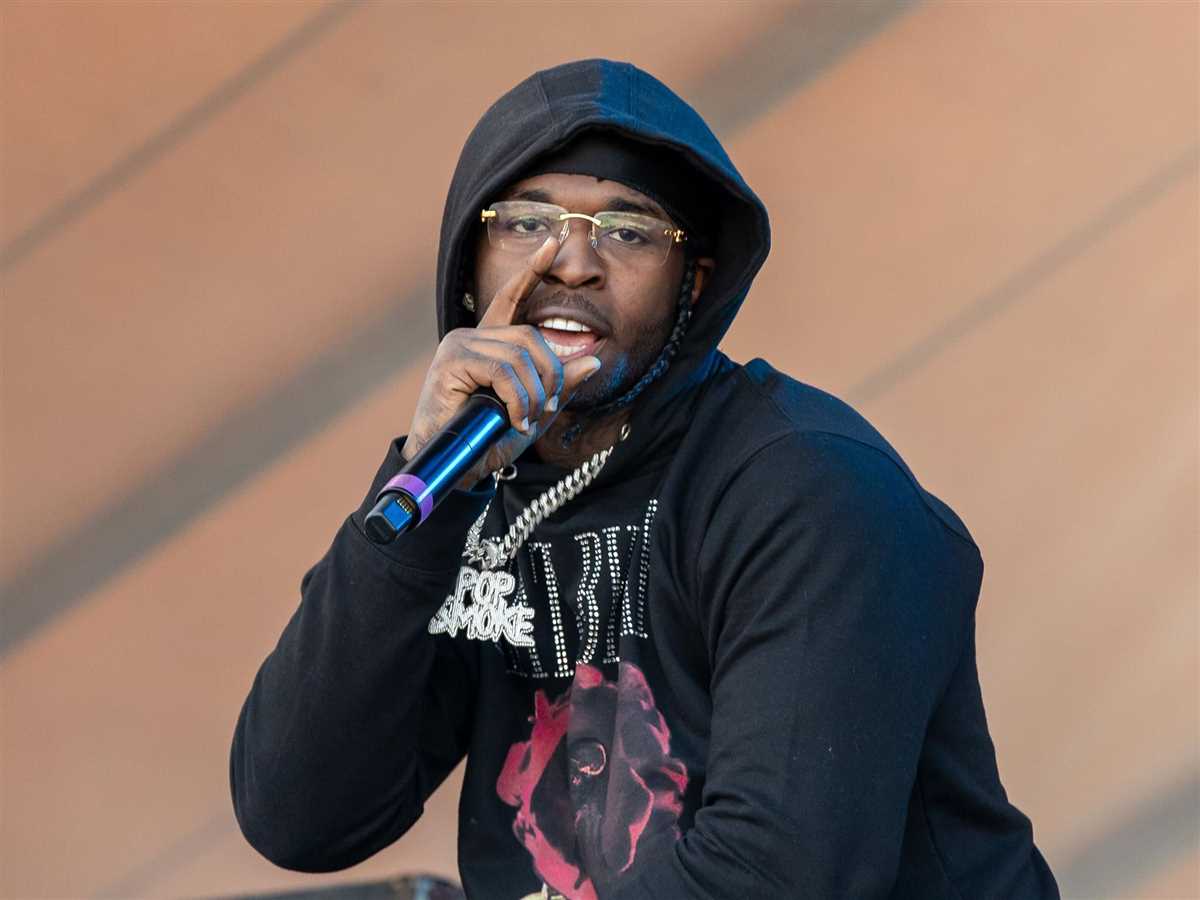
The lyrics in drill music are notorious for their explicit and violent content. They often glorify gang violence, drug dealing, and shootings. This lyrical content reflects the harsh realities of life in gang-infested neighborhoods, where violence is an everyday occurrence.
Some argue that the violent lyrics in drill music contribute to the perpetuation of gang culture and can influence impressionable individuals to engage in criminal activities. Critics claim that these lyrics romanticize violence and promote a destructive lifestyle.
Gang Signatures
In addition to the lyrics, drill music often incorporates visual elements that are associated with gang culture. Artists frequently use hand gestures, known as gang signs, to show affiliation with specific gangs. These gestures serve as a visual symbol of their connection to the streets and the gang lifestyle.
Furthermore, artists often wear clothing that represents their gang affiliation, such as specific colors or logos. This visual identification further solidifies the connection between drill music and gang culture.
Controversy and Repercussions
The connection between drill music and gang culture has sparked controversy and drawn criticism from various groups. Some argue that drill music fuels violence and perpetuates negative stereotypes about minority communities.
Law enforcement agencies and local governments have also taken notice of the association between drill music and gang culture. In some cases, they have attempted to ban or suppress drill music performances, citing concerns about its potential to incite violence.
Conclusion
The connection between drill music and gang culture is undeniable. The raw and gritty lyrics, along with the visual representations and affiliations, create a subgenre of rap music that provides an authentic portrayal of life in gang-infested neighborhoods. While the association raises concerns about violence and criminal influence, it also serves as a platform for marginalized voices to be heard and their experiences acknowledged.
The Globalization of Rap and Drill Music
The rise of rap and drill music has not been limited to the borders of the United States or any specific country. The genre has spread globally, connecting artists and fans from all over the world. This globalization has resulted in the fusion of different cultures, languages, and styles within rap and drill music.
Collaborations and Influences:
- Globalization has led to numerous collaborations between rap and drill artists from different countries. Artists from the United States have collaborated with artists from the United Kingdom, France, Canada, and many other countries, resulting in a blend of different styles and sounds.
- Artists from non-English speaking countries often incorporate their native languages into their rap and drill music, creating unique pieces that reflect their own cultural and linguistic backgrounds.
- Rap and drill music from the United States have had a significant influence on artists from other countries, inspiring them to create their own versions of the genre.
Global Fanbase:
- The globalization of rap and drill music has also led to the growth of a global fanbase. Fans from different countries can now connect with each other through social media, streaming platforms, and live performances.
- International tours and concerts by rap and drill artists have become increasingly common, allowing fans from different countries to experience the genre live.
- Online platforms and streaming services have made it easier for artists from different countries to promote and distribute their music globally, reaching a wider audience.
Cultural Exchange:
- The globalization of rap and drill music has facilitated cultural exchange between artists and fans from different backgrounds. Artists have the opportunity to share their stories, experiences, and perspectives with audiences around the world.
- Through rap and drill music, listeners can gain insights into the social and political issues faced by different communities, fostering understanding and empathy.
Evolving Sounds and Styles:
- The globalization of rap and drill music has led to the evolution of sounds and styles within the genre. Artists from different countries have brought their own musical influences, blending them with the traditional elements of rap and drill music.
- New subgenres and hybrid styles have emerged, incorporating elements of local music genres and cultural traditions.
- As rap and drill music continues to evolve globally, it remains a powerful medium for artistic expression, cultural exchange, and social commentary.
| Country | Artists |
|---|---|
| United States | Kendrick Lamar, Travis Scott, Cardi B |
| United Kingdom | Stormzy, Skepta, Dave |
| France | Booba, PNL, Niska |
| Canada | Drake, Tory Lanez, Nav |
FAQ:
What is the origin of rap music?
The origin of rap music can be traced back to the African American communities in the Bronx, New York during the 1970s. It emerged as a form of expression for the marginalized youth, often addressing social and economic issues faced by the community.
How did drill music originate?
Drill music originated in Chicago in the early 2010s. It was developed by young artists living in violent neighborhoods as a means to reflect the harsh realities of their environment. Drill music often features lyrics that depict street violence, gang culture, and the challenges of inner-city life.
Who are some influential rap artists?
There have been many influential rap artists throughout history. Some notable ones include Tupac Shakur, Notorious B.I.G., Jay-Z, Eminem, and Kanye West. These artists have not only made significant contributions to the genre but have also shaped popular culture and influenced the generations that followed.
What are the main differences between rap and drill music?
Rap music is a broader genre that encompasses various styles and themes, whereas drill music is a subgenre characterized by its raw and gritty sound, often associated with street violence and criminal activities. While rap music explores a wide range of topics, drill music tends to focus more on the realities of life in violent neighborhoods.
Video:











